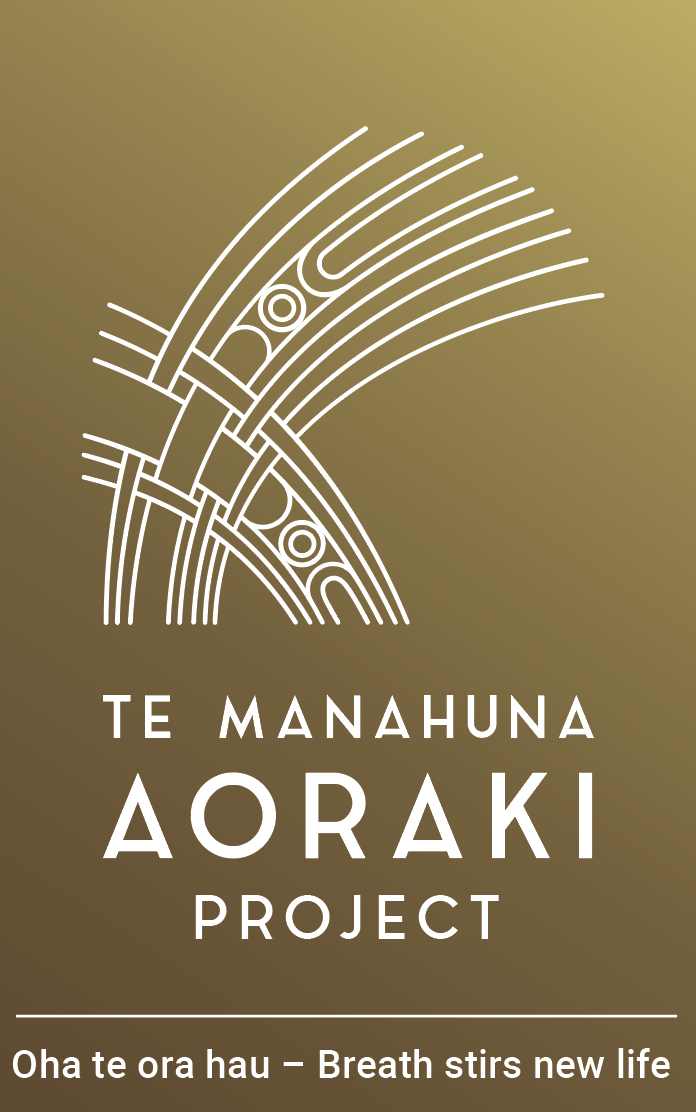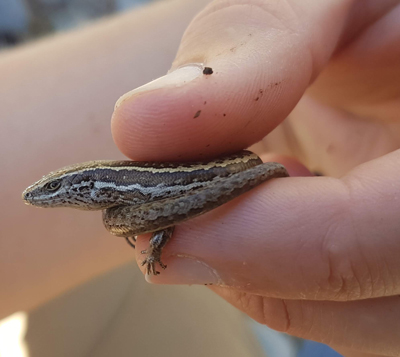The McCann’s skink (Oligosoma (South Island) species) is a small skink that is common throughout the Mackenzie Basin – if you see a skink disappearing into the grass, it is likely to be this guy.
McCann’s skinks live in open, dry, rocky areas including braided riverbeds and montane grasslands, right up into subalpine regions. They are recognisable by a prominent checker-board pattern on their back. They can live up to eight years and are somewhat solitary. You can spot them during the day, sun-basking and hunting.
Tasty meals for McCann’s skinks are spiders, millipedes, beetles, larvae, and flies. They also eat small fruit and flower nectar.
Introduced predators like hedgehogs are the skink’s enemies. Back in 2009, a study examined 158 hedgehog stomach remains and found that 21% contained lizards, many of which were McCann’s skinks (Spitzen et al.).
Skinks will drop their tail if they are threatened as a way to distract predators. They can regrow the tail, but sometimes they regrow with slightly different patterns or colours. The tails are a good fat repository and will help them survive the winter, so shedding them is a last resort.


